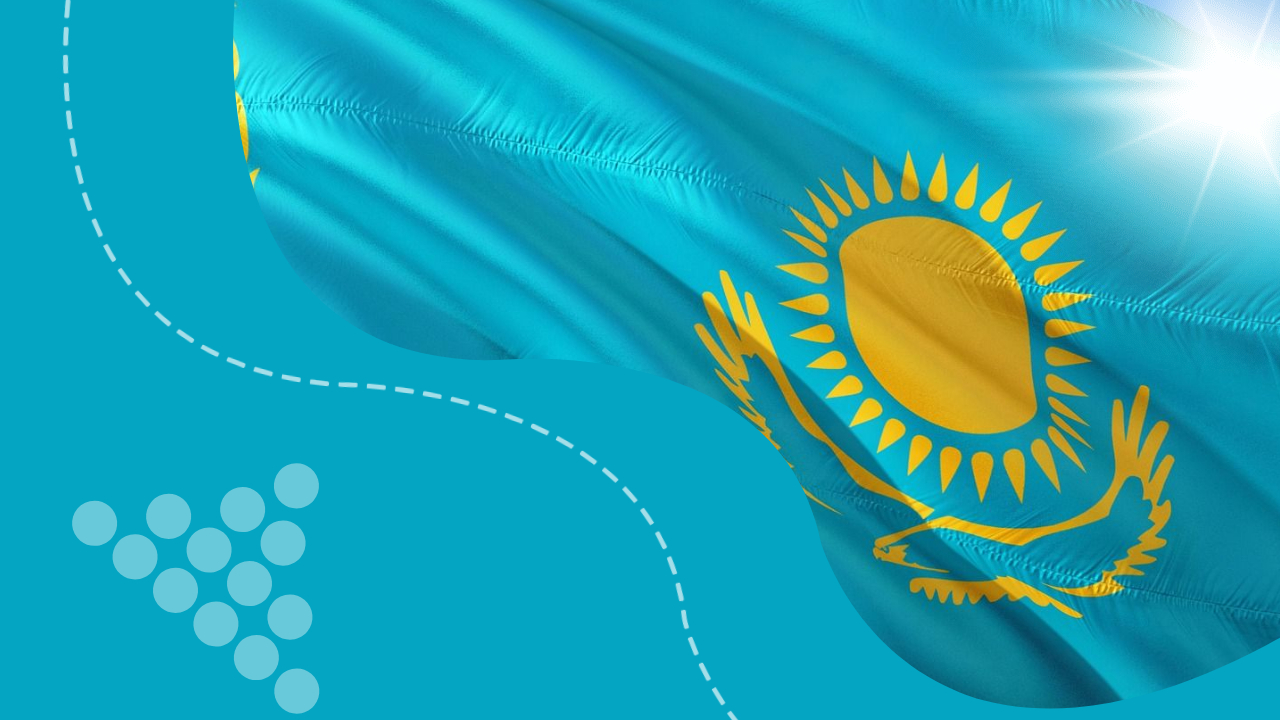Eastern Gold plans to bring the Rodnikovoye gold deposit, part of the Ashaly-Daubai ore field, into industrial production. The company’s mining plan has been published on Kazakhstan’s Unified Environmental Portal. The project documentation indicates that operations will take place at two sites: Belaya Gorka and Rodnikovoye, with extraction of precious metals conducted through open-pit mining.
The balance reserves of the first site include 818,000 tons of oxidized gold-bearing ores and 1.18 tons of gold, with an average gold content of 1.44 g/t. The second site has 1.15 million tons of ore and 1.15 tons of gold, averaging 1.31 g/t. Eastern Gold plans to extract 250,000 tons of ore annually, with the mining operations scheduled from 2024 to 2032.
The chosen method for ore processing is heap leaching. Industrial trials of processing the oxidized ores from Rodnikovoye have shown that with gold content in the raw ore between 0.8-1.3 g/t, the extraction rate of precious metals into the solution is 65%. The final product of the production process will be Dore alloy.

